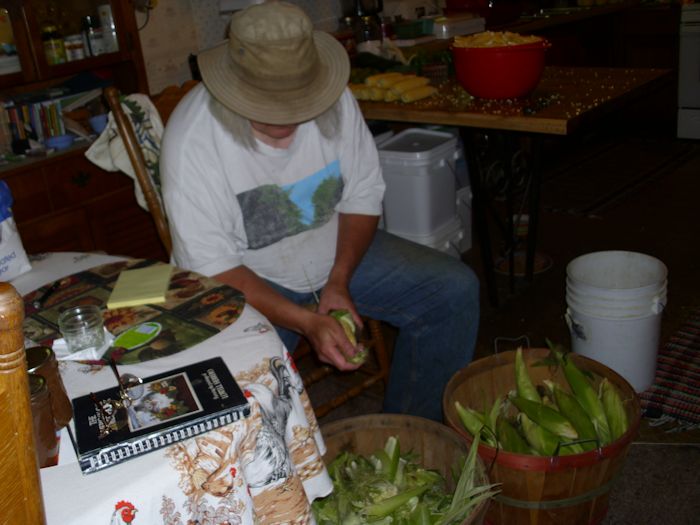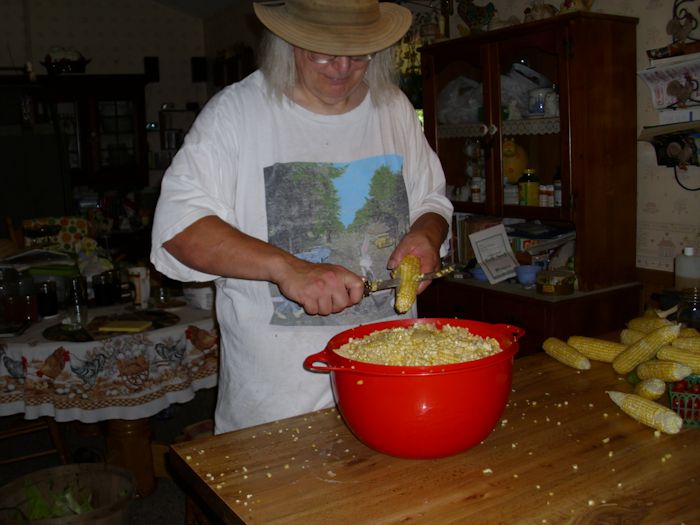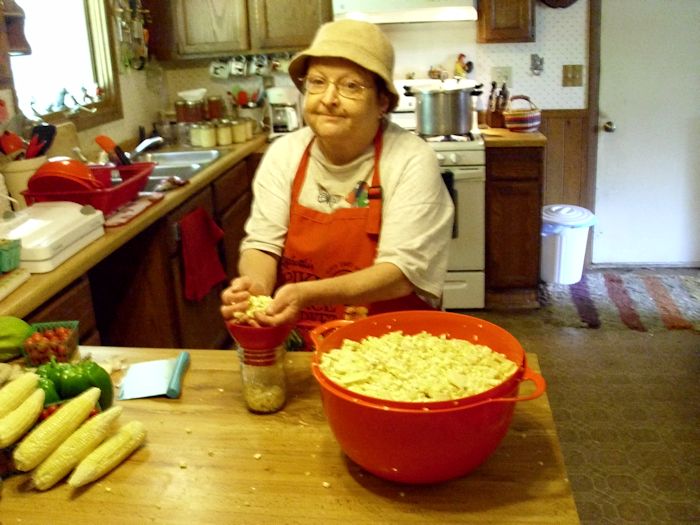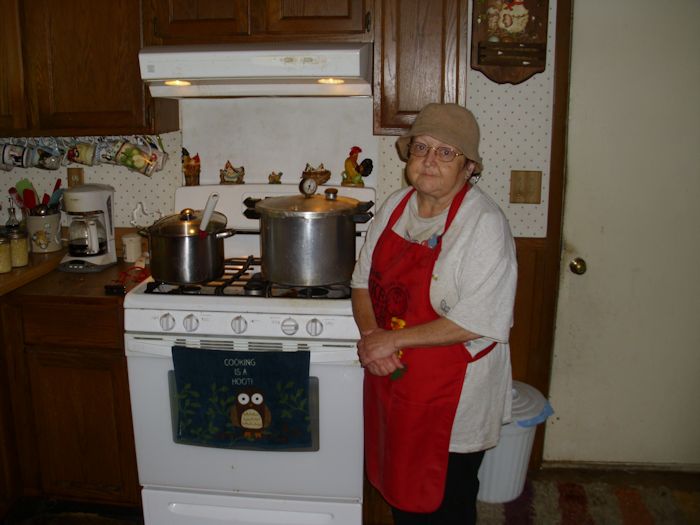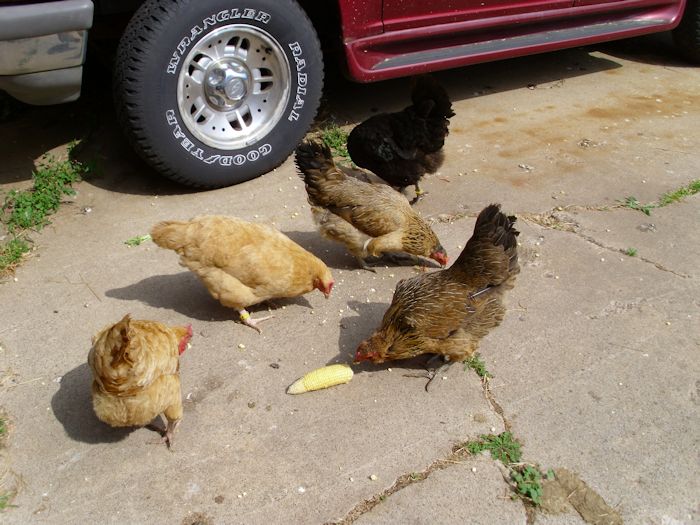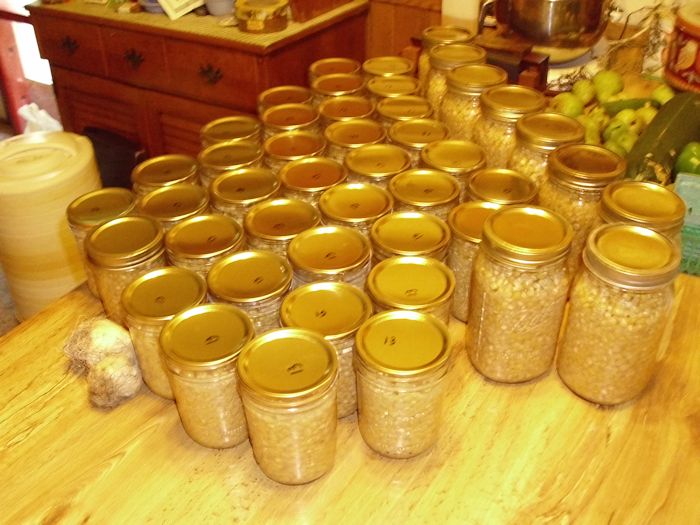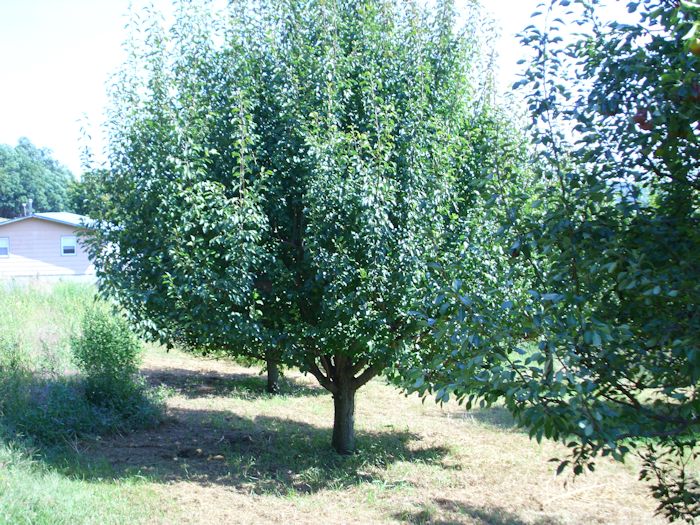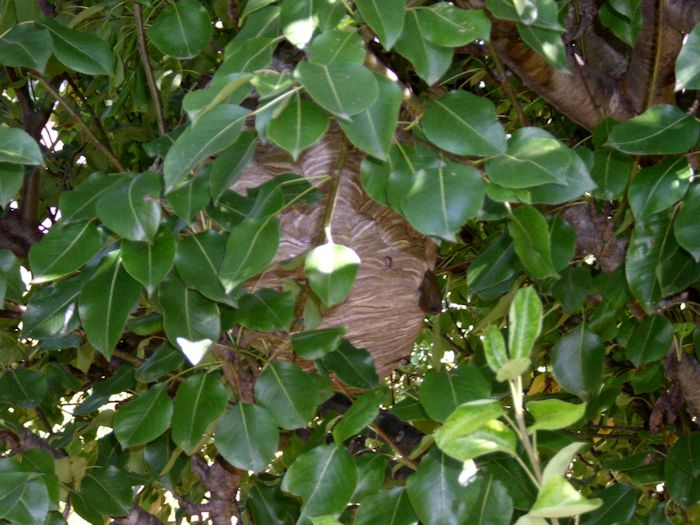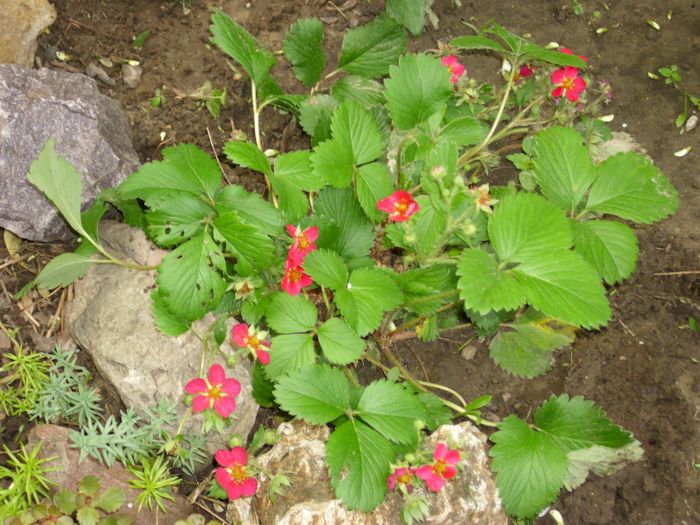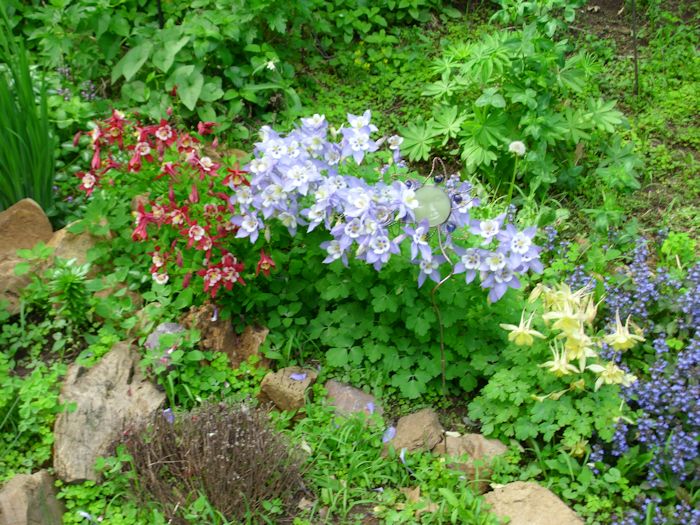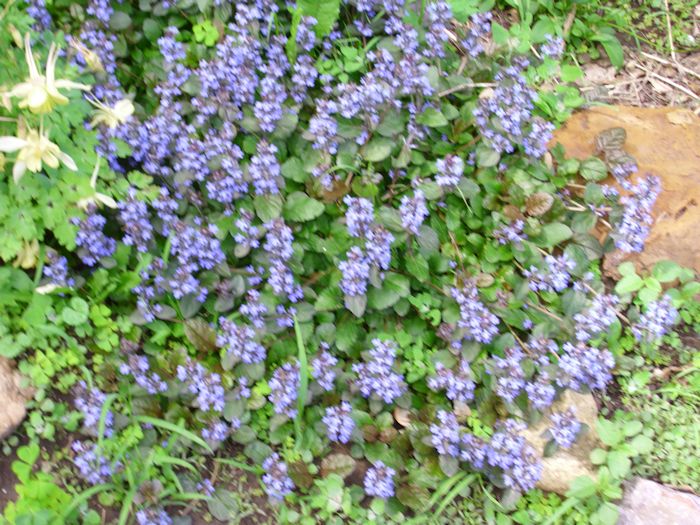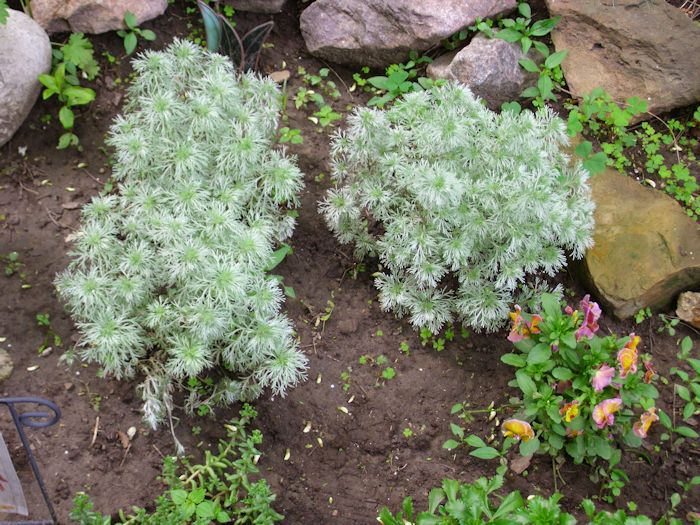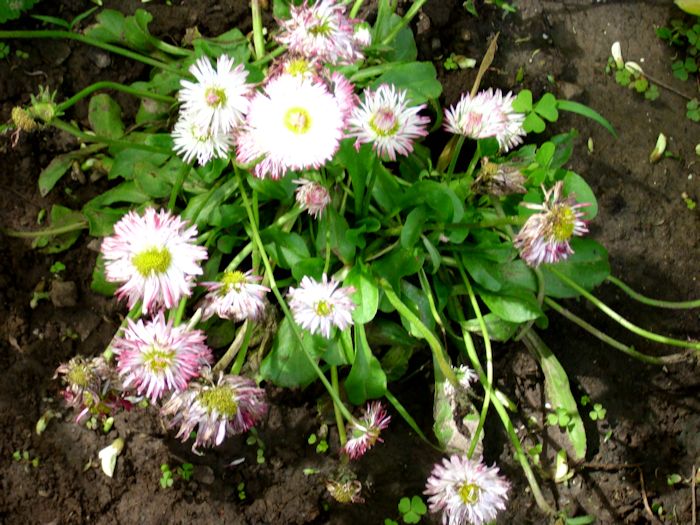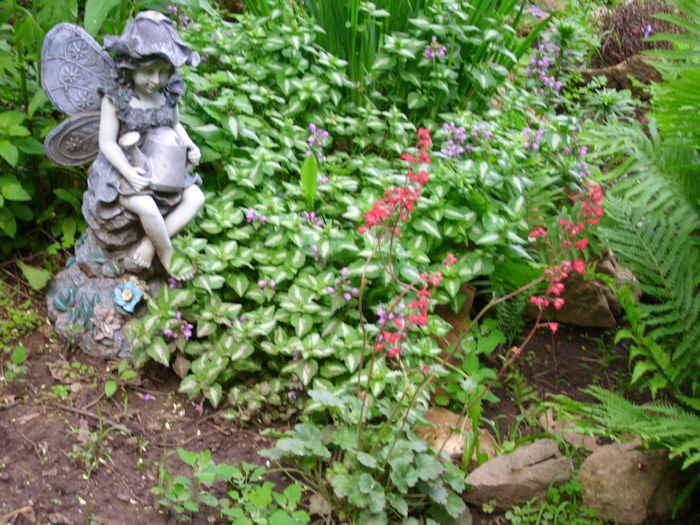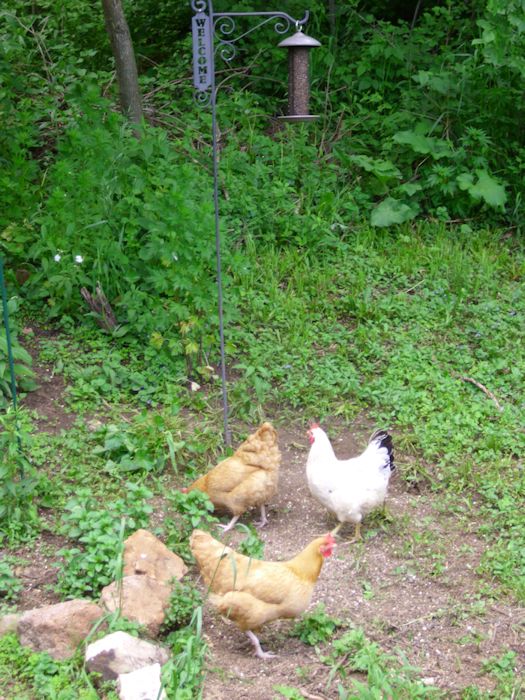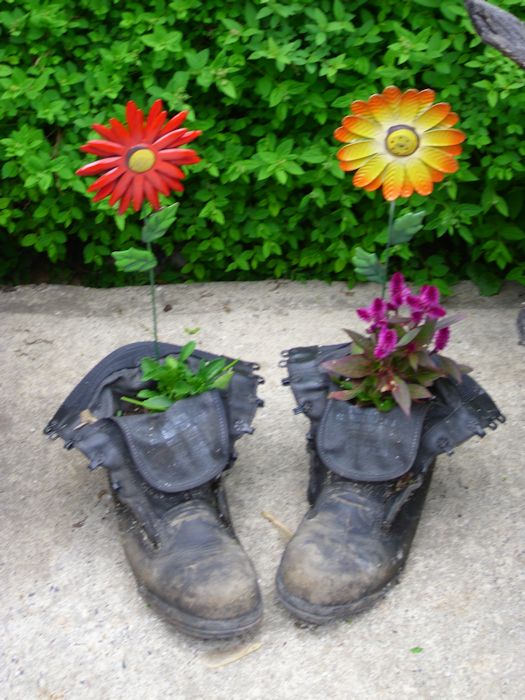There is fresh fallen snow outside my window as I write this and more on the way. In fact, it doesn’t look like gardening season out there at all. It’s a bit past the middle of winter, but spring is a long way off. However, this is the time of the year that Rebecca and I start thinking about the garden—mainly because our mailbox is bristling with seed catalogs. Of course, the seed catalogs end up in the house and we now have stacks of them in the living room, dining room, family room, bathroom, and even in our bedroom. We could possibly start our own catalog company by simply redistributing all the catalogs that are coming from various seed companies in the mail.
Inside each catalog we see beautiful presentations of various vegetables and fruits. Given the time of year and the fact that our root cellar is becoming a bit empty, the idea of having fresh vegetables is quite appealing. Yes, canned and frozen foods will keep us quite happy and well fed, but there is nothing like picking that first asparagus spear (the first vegetable of the season) and preparing it for dinner. So, gazing fondly at the vegetables in the catalogs becomes the stuff of dreams for the upcoming season.
However, before we can order anything, we need to know what the larder lacks. This means doing an inventory. Doing an inventory is no small undertaking. If we simply needed to create a list of items to grow, the inventory would be simple enough, but that’s not the end (nor even the beginning) of the task.
As part of the inventory, we take down every jar, examine it for potential problems (such as a broken seal or rust on the lid that will eventually result in a broken seal). After that, we wash and dry the jar (remarking it if necessary). The jars are then repacked to ensure that the oldest stock is in the front. What all this work accomplishes is to ensure that what is on the shelf is actually edible and usable. The shelves can become disorganized during the winter months, so it’s essential to reorganize them so that any count we perform is accurate.
During the process of working with the jars, we’ll begin to notice that some items are lacking. For example, this year we noted that there aren’t any beets left—not even the pickled variety (a favorite of mine). The pickled okra is also gone. However, we have a surprisingly strong supply of corn in various sized jars (for specific needs), so we probably won’t grow corn this year. I also found several jars of a wonderful blueberry compote Rebecca made for me. I had thought them gone when they were simply hiding behind some dill pickles.
A well-stocked larder is a wonderful thing. You can go to bed at night knowing that you won’t go hungry—something far too many people in the world can’t say. It also provides you with high quality food of precisely the type you want. However, in order to maintain the larder, you must inventory it at least once a year (twice is better) and make sure that what you think you have is actually what you do have. Let me know if you have any questions about the inventory process at [email protected].

